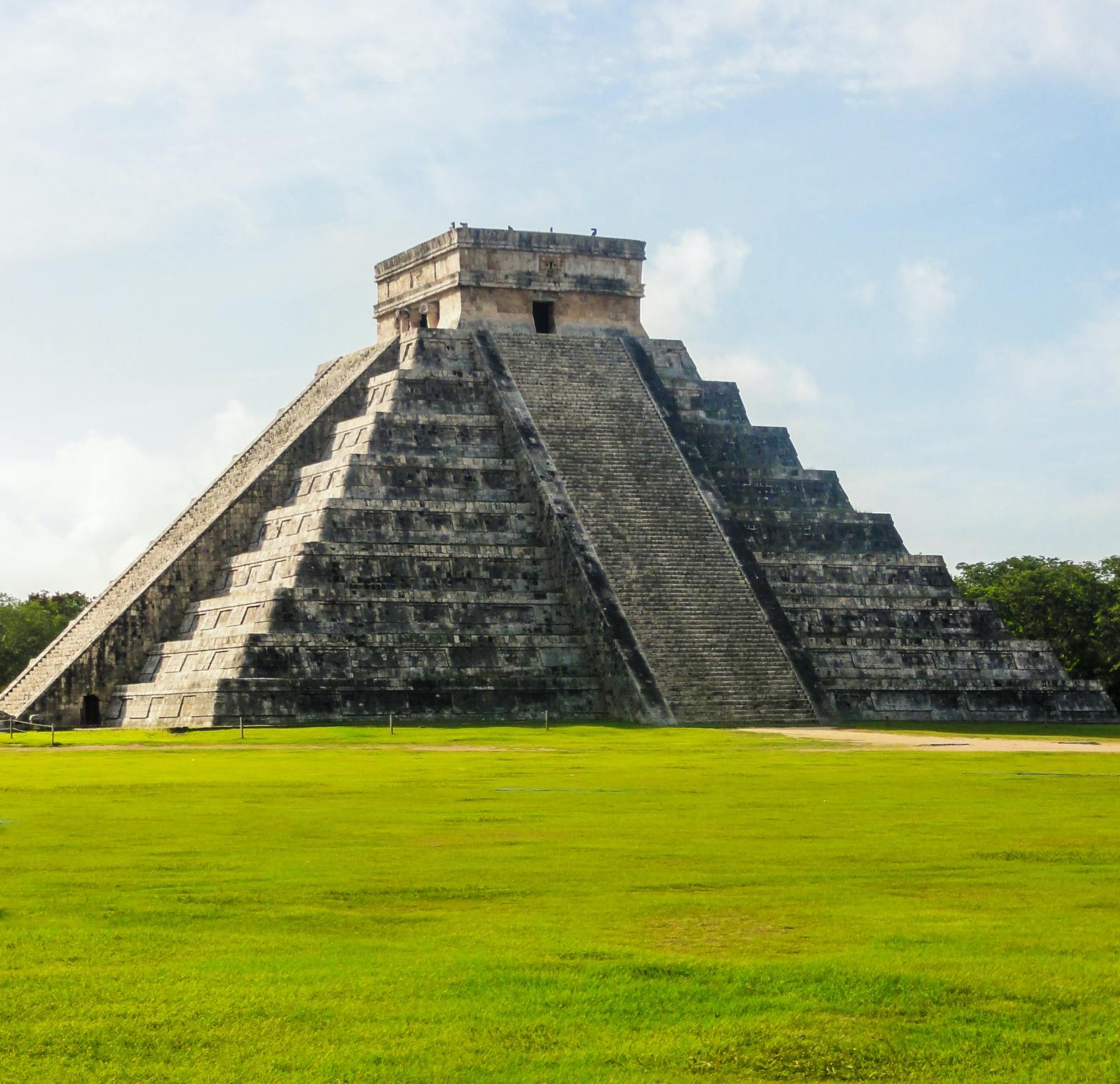Here’s the post that started this series, with content for each question, a starting point to review all the content.
Most important—Don’t be fooled into thinking there is only one way.
There is no single guaranteed path to producing a best selling book. Asking yourself a few questions before you start, after you start, once you finish your first draft, after your book is published, and in the years that follow may help you find the right starting point for you at that moment in time. You might even find more than one place to start.
Here I offer 16 questions to get you to start thinking, with links to more information. All of them are suggestions, not ingredients in a book-making recipe.
Caveat: I list resources here that I know of, but including a resource is not an endorsement. Do your own research into writing coaches, for example, by checking their references before making a commitment.
Sixteen questions to ask and answer if you want to be a writer. Subsequent posts on the dates indicated below will provide links to resources based on your answers to these questions.
Questions requiring research to answer
1. Do you have a story or idea in mind?
Yes. Continue to #2.
No. Stay on this step, or come back to it now and then, until the answer is yes. You can write pieces while you figure this out, but consider it practice. You can read ahead in this list of questions to see what else you need to be prepared to do, but consider it research.
Check out Story and Idea Resources.
2. Do you know who your audience is?
Yes. Continue to #3
No. Do the research to figure that out before you commit to what you write. Again, you can write pieces while you try to figure this out, but consider that honing your skill.
Check out Find Your Audience Resources.
3. Does your audience want books?
Yes. Continue to #4.
No. Perhaps you should write blog posts, journal articles, ezines, short stories, flash fiction, poetry, op ed pieces, or you could create podcasts or YouTube videos. Even if your answer to this question is yes, you’ll probably have to complete many of these activities to market your book. So get a head start.
Check out Find Your Audience Resources.
4. Is your book idea fiction, memoir, or creative nonfiction based on history?
Yes. Continue to #5.
No. Explore requirements for writing nonfiction.
*Tips from publisher and distributor IngramSpark may provide a starting point.
*Josh Bernoff’s Without Bullshit website is an excellent place for nonfiction writers to get tips. Sign up for his newsletter.
Continue to #16.
Questions regarding writing
5. Do you have an outline, summary, or synopsis for your story?
Yes. Continue to #6.
No. Consider whether an outline will help you get started. If it won’t, skip this step and go on to the next one. But realize that at some point, when querying an agent for a fiction book, you’ll need a synopsis, and for a nonfiction work, you’ll need a book proposal; a synopsis, summary, or overview; a detailed table of contents; an author bio; a comp title analysis showing what books are already in the market; an outline as well as the first few chapters for the book proposal. What each agent requires will differ, and you should review the requirements carefully before sending query letters.
6. Have your written a first draft?
Yes. Continue to #7.
No. Check out Writing Your First Draft Resources.
7. Have you had your draft edited by a developmental editor?
Yes. Continue to #8.
No. A developmental editor doesn’t focus on spelling, punctuation, grammar, or style, but rather on consistency and pacing of the story, and may recommend restructuring or leaving out content. A developmental editor may assist at early stages of turning an idea or outline into a draft or once the manuscript is complete.
If you plan to publish your book through a traditional publisher, you may consider skipping this step, but be prepared for your manuscript to be rejected or to go through heavy editing by the publisher’s chosen editor in that case. See Why You Need an Editor and Stages of Editing from the San Diego Professional Editors Network.
Continue to #8.
8. Have you had your draft reviewed by beta readers or manuscript reviewers?
Yes. Continue to #9.
No. Check out Pre-Publication Reviewer Resources.
Questions regarding book production
9. Do you want to publish your book through a traditional publisher?
Yes. Continue to #11.
No. If you want your books to be available in libraries and schools, reconsider whether you should publish your book independently. Libraries and schools have requirements that are difficult for authors of indie published books to meet.
Indie publication may be the right choice if it isn’t important that the book be available in libraries or schools or if the deadline for publication is short. But be aware that the author must do all the work of producing the book or the author may need a book shepherd or work with a hybrid publisher to ensure distribution options are in place for bookstores, libraries, and schools to order them. See #10.
Check out these requirements on the topic of independent publishing.
10. Do you know what indie authors must do for themselves?
Yes. Continue with #11.
No. An indie author must be prepared to handle the following or to hire someone to handle them.
*Obtain ISBNs for each version of the book: hard cover paperback, ebook, and audio book.
*Engage a professional cover designer. The same design can be used for both hardcopy and ebook, but an audio book requires a separate square design.
*Engage a professional copy editor. This is necessary even if a developmental editor has reviewed the book. I offer copy editing and proofreading services. I hope you’ll think of me when you reach this stage.
*Engage a professional book interior designer. The layout for the hardcopy book may not work for the ebook. Don’t assume one design fits all.
*Engage a professional proofreader. This last review should catch errors that may have been introduced when the copy edits were incorpoarated or overlooked at the time of copy edit. This step is especially important for nonfiction books with tables, graphs, figures, indexes, bibliographies, footnotes, and endnotes.
*Consider whether you should engage a professional indexer (for nonfiction in particular).
*Line up Advanced Reader Copy (ARC) reviewers.
*Engage professional web designer for marketing and publiity. Your website should be the place all marketing efforts bring potential customers to make the ask to buy the book.
*Line up Launch Team members to promote the book in advance of book launch and to amplify your efforst after the books hasl launched.
*Go back and review #1 through #9.
Continue with #11.
11. Do you have an agent?
Yes. Continue with #12.
No. You can reach out to publishers and editors without an agent, but you must do the work of an agent, including learning what’s involved in writing a query letter. Research agents to find those who handle the type of book you’re writing. Follow the guidelines for what the agent wants in, or with, a query letter. Have a lawyer review any proposed contracts with agents. Other resources to consider follow.
*From Jane Friedman, How to find a literary agent for your book.
*From Writer’s Digest, How to find a literary agent: finding agents appropriate for your writing.
*From The Write Life, How to find a literary agent: a comprehensive guide for aspiring authors.
Questions regarding marketing and publicity
12. Has your agent sold the publishing rights for your book?
Yes. Continue to #13.
No. Depending on how much time your agent has had to sell the rights to your book, consider whether a different agent may be a better fit for your book. Go back and review #11.
13. Do you have a marketing plan for the lead up to the launch of your book?
Yes. Continue to #14.
No. Consider hiring a publicist or learning more about what is required for a book launch marketing strategy.
14. Has the book been published?
Yes. Continue to #15.
No. Continue working with your agent, publisher, and publicist or do you own research, to learn what you will have to do for marketing the book before and after publication.
Review the Pre-Publication Reviewer Resources.
Review the Independent Publishing Requirements.
15. Do you have a marketing plan for the continued promotion of the book?
Yes. Congratulations. Follow your plan. Adapt it where necessary. You might think you are done, but you should write another book or put together auxiliary products or services to share or sell to the readers of your book.
No. Consider hiring a publicist, or do your own research to learn more about after-publication marketing.
Check out Marketing Plan Resources.
Nonfiction research
16. Do others consider you an expert on the topic of your nonfiction book?
Yes. Your recognition as an expert may make publishing through a traditional publisher possible. One disincentive for this route is the length of time it will take to complete the project.
Go to #5.
No. If you plan to use the book to market your business or as gifts for current or potential customers, the indie publishing route is a possibility for you.
Review Independent Publishing Requirements.
Featured image credit: Photo by NeONBRAND on Unsplash










